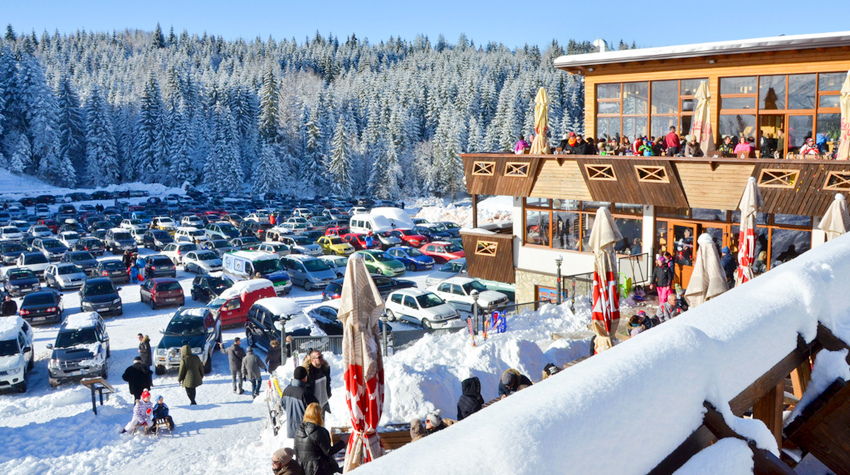LOST FORTRESS DISCOVERED IN THE HEART OF ROMANIJA
Near the famous hiking trail “Sokolov put,” just 430 meters from the Mountain Lodge "Crvene stijene," deep within the dense forest of the Romanija mountain, a discovery has been made that could significantly alter the map of prehistoric and military sites in the eastern part of Republika Srpska and Bosnia and Herzegovina.
At an
elevation of 1,396 meters, on a hilltop known as “Gradić,” remnants of a
mysterious fortress have been found—one that raises more questions than it
answers.
The
first to stumble upon this site were mountain enthusiasts from the “Glasinac”
Mountaineering Society, passionate explorers of Romanija. What they found
sparked intense curiosity: a complex surrounded by dry-stone walls over one
meter thick, stretching more than 300 meters in an irregular line.
Inside
the enclosure lie the remains of three structures, one of which resembles a
watchtower facing the Ravna Romanija valley. If the forest was once less dense,
this vantage point would have offered clear surveillance over the approach to
the mountain massif.
All
the structures were built using the dry-stone technique, without mortar—a
method common both in prehistoric and later military architecture. Determining the
site's true origin, however, will require archaeological work, including
stratigraphic excavations and professional surveys.
What
astonishes experts is the shape of the two larger buildings: symmetrical
squares, which is atypical for known prehistoric hillforts in the
Sarajevo-Romanija region. This precision suggests a potentially more recent
origin—possibly from the Austro-Hungarian period.
Supporting this theory is a military map from 1887, where “Gradić” is clearly marked. It opens the possibility that Austro-Hungarian forces repurposed older foundations for their own artillery positions. Historically, the Romanija region was dotted with garrisons, police stations, and artillery points used to secure imperial routes and guard against hajduk uprisings.
One
such garrison and police station once stood near today’s “Crvene stijene”
lodge.
Adding
to the intrigue is another nearby discovery: just 180 meters from the fortress
lies a necropolis containing at least ten prehistoric burial mounds. One has
already been looted, excavated to a depth of one meter. Neither academic
databases nor archaeological encyclopedias mention “Gradić” or this necropolis,
suggesting a site that has never been scientifically explored.
Most
Glasinac hillforts date to the Late Bronze and Early Iron Age, linked to the
rise of Illyrian tribes. Across the Western Balkans, many hillforts were
constructed during times of instability, serving both defensive and strategic
functions.
In the
Sarajevo-Romanija region, experts believe the proliferation of fortifications
was a response to tribal conflicts and northern invasions. As the Iron Age
began (around 8th–7th century BC), people began clustering in fortified hubs,
with the population growing significantly during the so-called Glasinac IV–V
phase (800–250 BC), when settlements and burial sites flourished. It was during
this era that the distinct Glasinac culture of the Iron Age emerged.
Though
“Gradić” awaits full archaeological study, initial comparisons can already be
drawn. Should pottery, tools, or weapons be found, stylistic analysis may link
them to known Glasinac-era artifacts. Furthermore, the nearby burial mounds
suggest that this site, too, was part of a larger cultural pattern—possibly a
settlement with its own sanctuary.
Was
this site once a sacred place or a military outpost? Did the lookout serve
Illyrians, Austro-Hungarians, or even hajduks monitoring imperial caravans from
Sokolac?
History
often lies buried beneath our feet—and this hillfort might just be the missing
link in understanding the prehistoric network of settlements, watchtowers, and
sanctuaries that once spread across Glasinac and Romanija more than 2,500 years
ago.
Source:
www.palelive.com
Authors:
Novica Koroman and Vladimir Stanišić
















